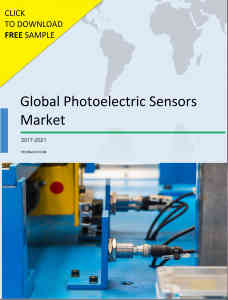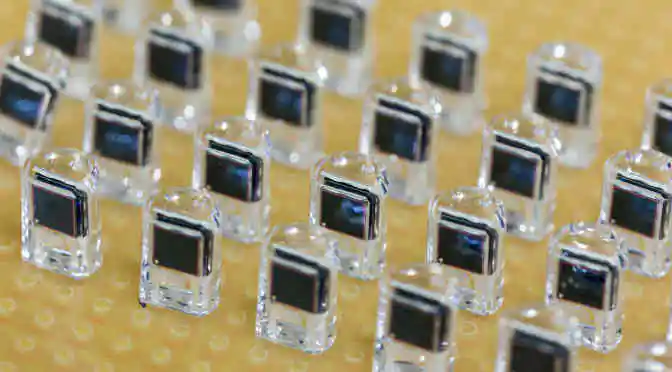From packaging to manufacturing and from pharmaceuticals to the food and beverages sector, Industrial Internet of Things (IIoT) in collaboration with big data is boosting operations in nearly every industry vertical. However, it all begins with small data from smart sensors, particularly photoelectric sensors, that are emphasized as the most apt choice for packaging, material handling, automotive, and several other applications.
A photoelectric light sensor consists of a transmitter and a receiver. It is a type of position sensor that basically uses light-emitting diodes as the light source. The sensor sends light to the sensing object through the transmitter. This light is then reflected and picked up by the receiver, thus initiating the sensor output. Simply put, photoelectric sensors are used to identify the color, distance, shape, and importantly, presence or absence of an object.
Photoelectric sensors team up with IIoT to improve productivity at the production line
The manufacturing industry is embracing automation at a quick pace, as the latter offers prolific benefits such as reduced costs, ease of production, energy and material savings, accuracy, better productivity, precision, and improved quality. Consequently, in the coming years, the manufacturing industries including mining, automotive, semiconductor, and several other verticals will significantly rely on robotics and automated machines backed by smart and intelligent sensors.
 Today, most of the manufacturers want more than what the traditional sensors are tuned to offer; they want centralized data storage with contextualized global data accessibility for all levels of their organizations- thus allowing for maximum collaboration and effectiveness. There is a noticeable change in the way leading manufacturers are deploying sensors, using smart connectivity through advanced IO-Link to improve and distribute real-time data.
Today, most of the manufacturers want more than what the traditional sensors are tuned to offer; they want centralized data storage with contextualized global data accessibility for all levels of their organizations- thus allowing for maximum collaboration and effectiveness. There is a noticeable change in the way leading manufacturers are deploying sensors, using smart connectivity through advanced IO-Link to improve and distribute real-time data.
Photoelectric sensors hit all the checkpoints for Industry 4.0
The photoelectric beam sensors are befitting in this context thanks to their much sought-after attributes and high precision in detecting objects. These sensors are integrated into a plethora of automated machinery and are used for several non-contact detections, measurements, monitoring, counting, conveyor mechanisms, machine tools, transport systems, and across assembly lines.
The photoelectric sensing technology, in partnership with background suppression, is widely used to identify a target while ignoring any color variations and background. For instance, in the welding process, photoelectric sensors are used to monitor the condition of the weld tips and ensure that the electrodes are dressed for a quality weld. These sensors identify errors such as faulty dressings, burrs, or unwanted inclusions.
Digitally networked manufacturing with smart sensors continues to shape the rise of Industry 4.0, making more lean and efficient manufacturing possible. Choosing the right automation tool that can ease the transition process will help manufacturers modernize and find cost-effective ways to optimize their production cycles. Consequently, the growth opportunities for vendors in the photoelectric sensors market is immense.



